Plants or Crops
All Plants or Crops Content
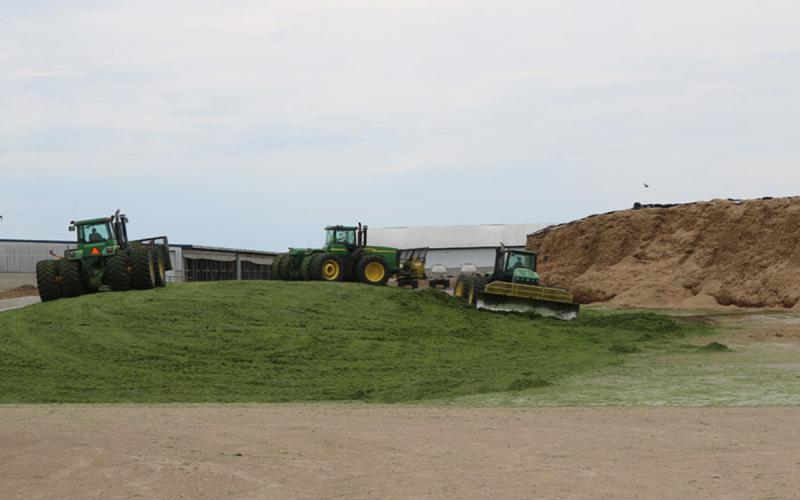
Be Safe and Smart Around Silage
Corn silage making season will soon be upon us. It is important to take the time to communicate with employees proper protocols while making silage, along with safe practices around silage piles or silos.

USDA: CFAP 1 Program Payment Benefits to Producers
In examining the USDA Coronavirus Food Assistance Program 1.0 website, we are able to directly see the impact of the program and the payments made to producers across the country.
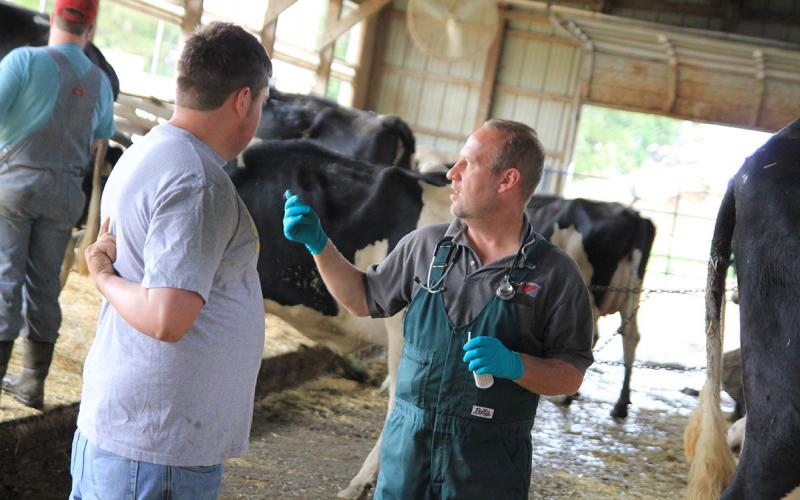
Coaching vs. Evaluations To Improve Ag Employee Performance
One of the most difficult things farm managers have to master is coaching employees. Using appropriate coaching methods with employees will help you as a manager to achieve the desired employee performance you are looking for in your operation.
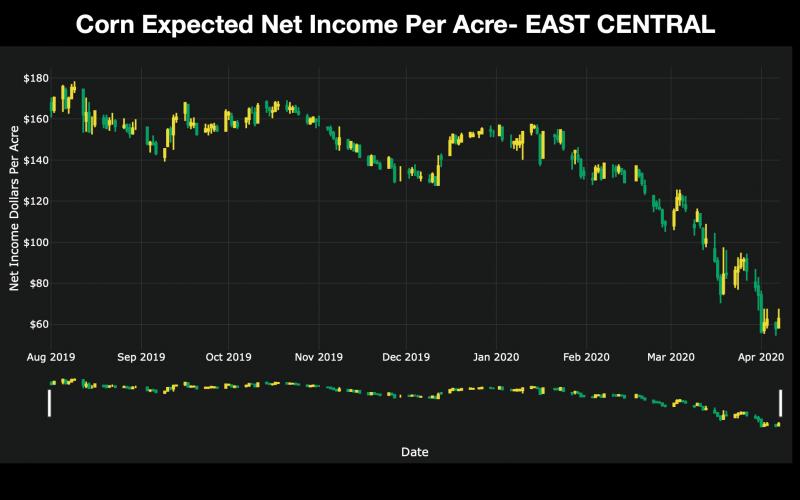
South Dakota Grain Net Income Tool
South Dakota producers can use the SDSU Extension Net Income Tool to monitor their expected net income per acre given their location, commodity of interest, and changes to market prices. The tool gathers the most-recent end-of-day market prices to determine the latest expected net income for wheat, corn, and soybeans in the different regions of the state.
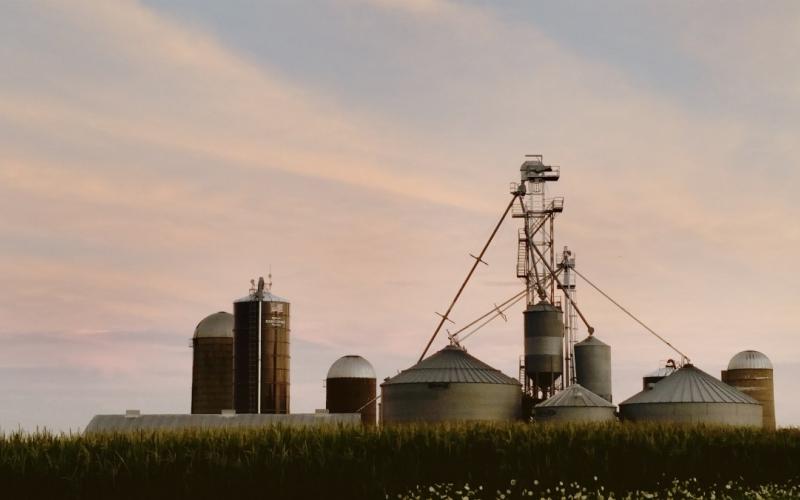
Marketing Mindset Change
Marketing for profit may not seem new to producers, but the way they look at their marketing plans should be.

2020 Planting Decisions
Planting decisions for this spring are complicated given the recent spread of COVID-19. A very busy planting season is approaching quickly. Input suppliers and farmers will be met with a requirement to complete tasks timely to evade economic losses from delays.
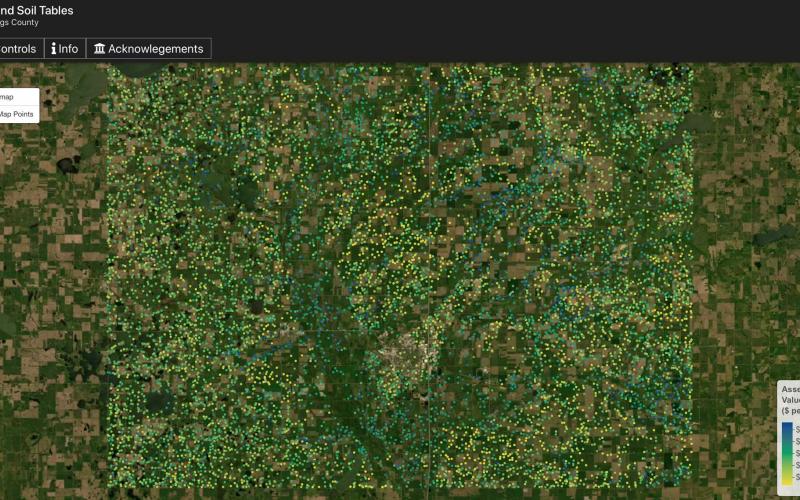
South Dakota Ag Land Soil Tables Tool
The Ag Land Soil Tables Tool allows users to view soil data and download data by county to further understand the soil rating system. It can help appraisers make baseline agricultural land assessments and determine if adjustments from baseline are needed.
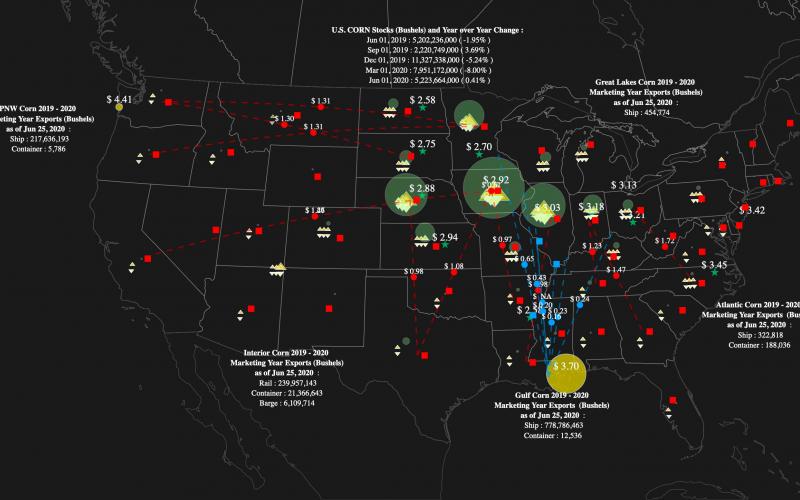
Interactive Grain Report Tool
The SDSU Extension Interactive Grain Report Tool provides a real-time and historical grain situation report for corn, soybeans, hard red spring wheat, and winter wheat. The tool gathers data on average state elevator cash bids, export cash bids, rail and barge costs, grain stock levels, rail cars loaded by state with grain, grain barge movements, and marketing year export inspections.

Ruth Beck to Retire from SDSU Extension Agronomy Team
October 12, 2021
After 17 years providing education and service to South Dakota growers and agribusiness professionals, SDSU Extension Agronomy Field Specialist Ruth Beck has announced her retirement.
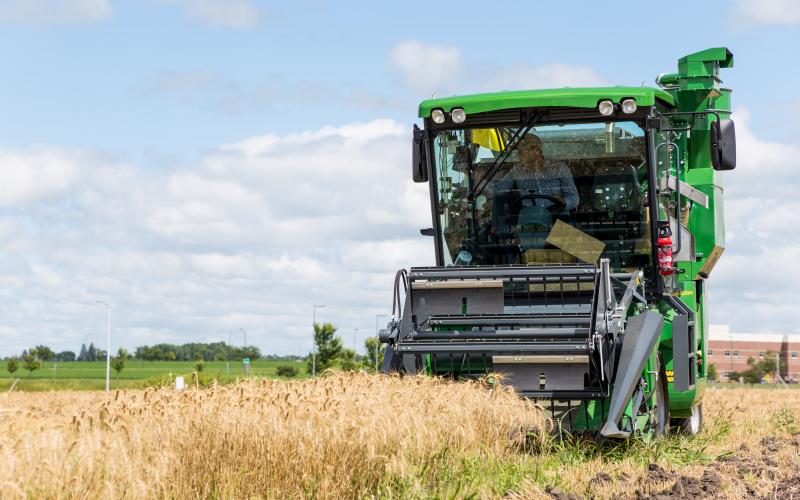
Growth Stages of Wheat
Management decisions in wheat production are almost always based on growth stages of the crop. So it is important for wheat producers to be familiar with these growth stages.